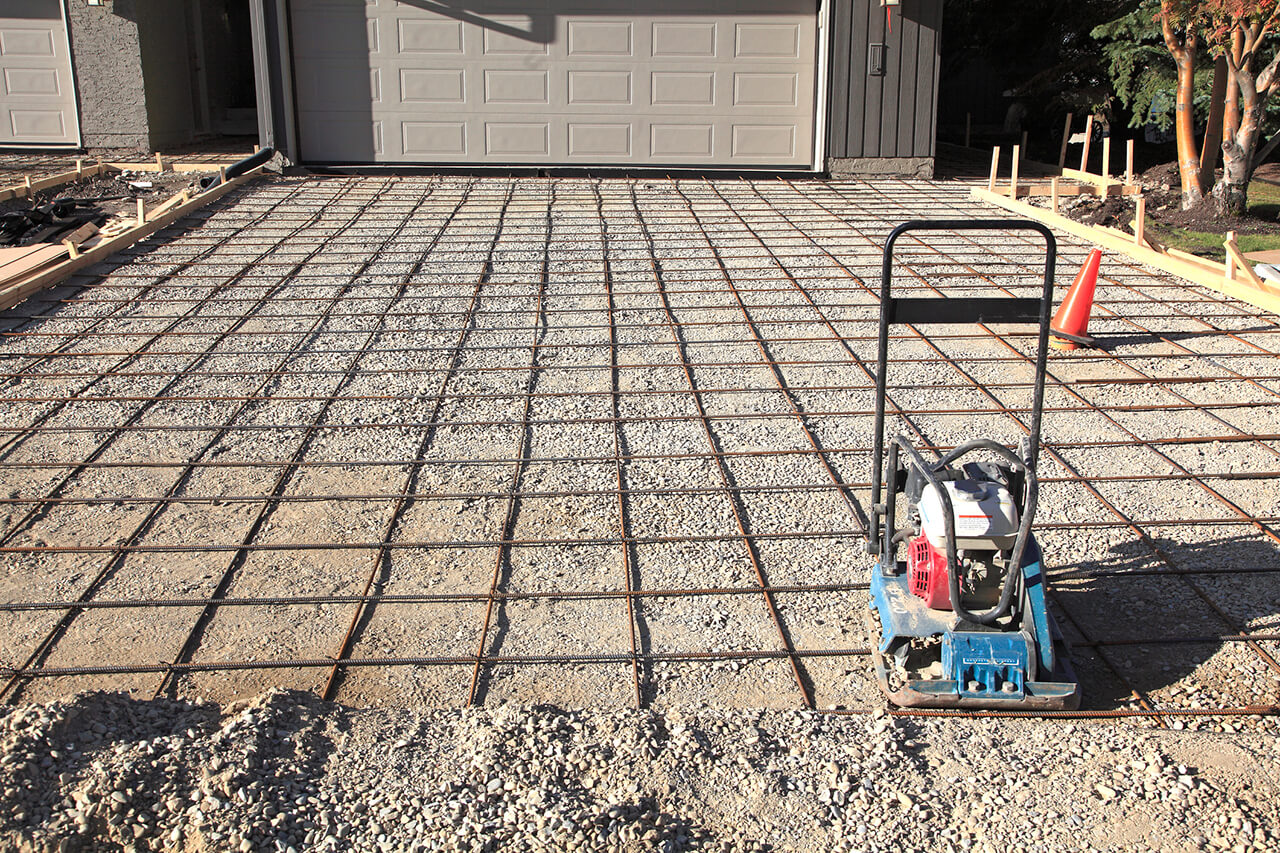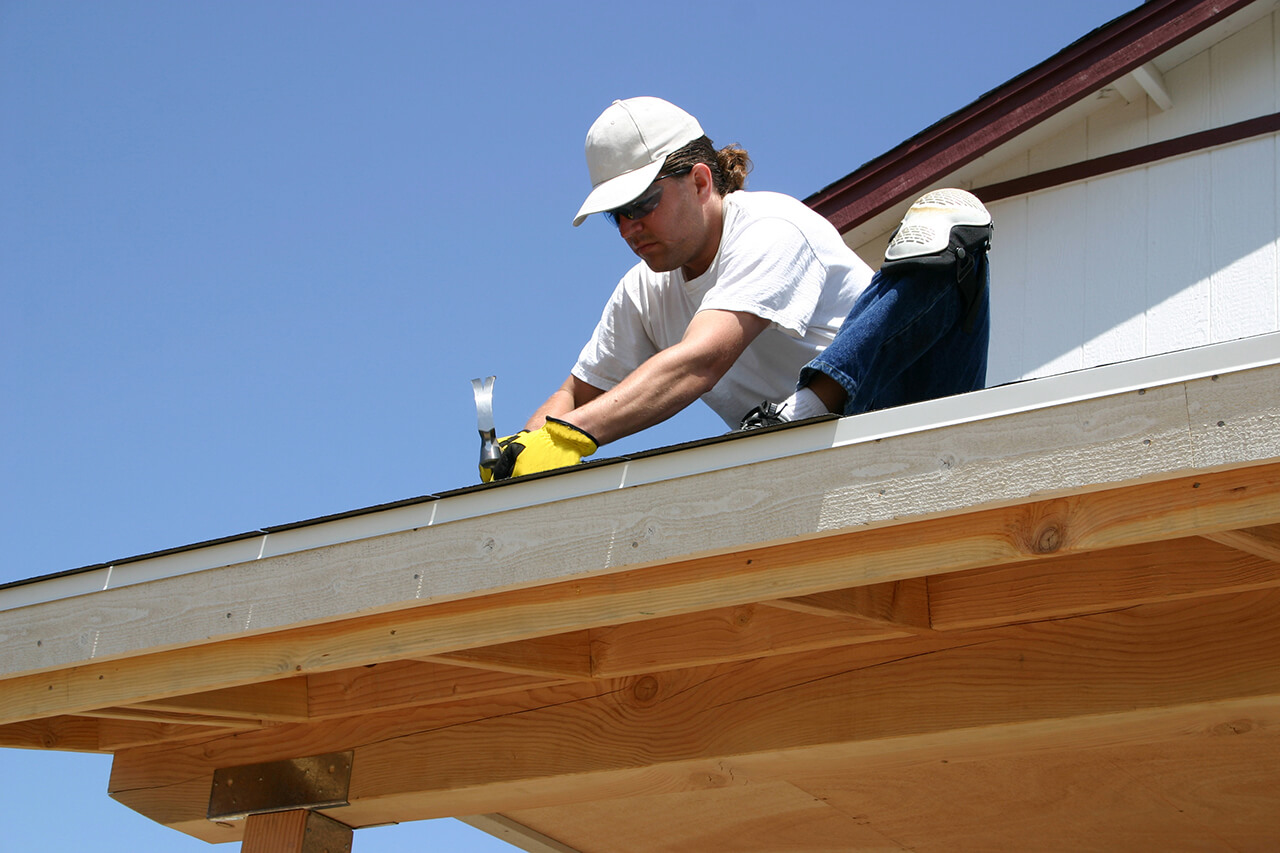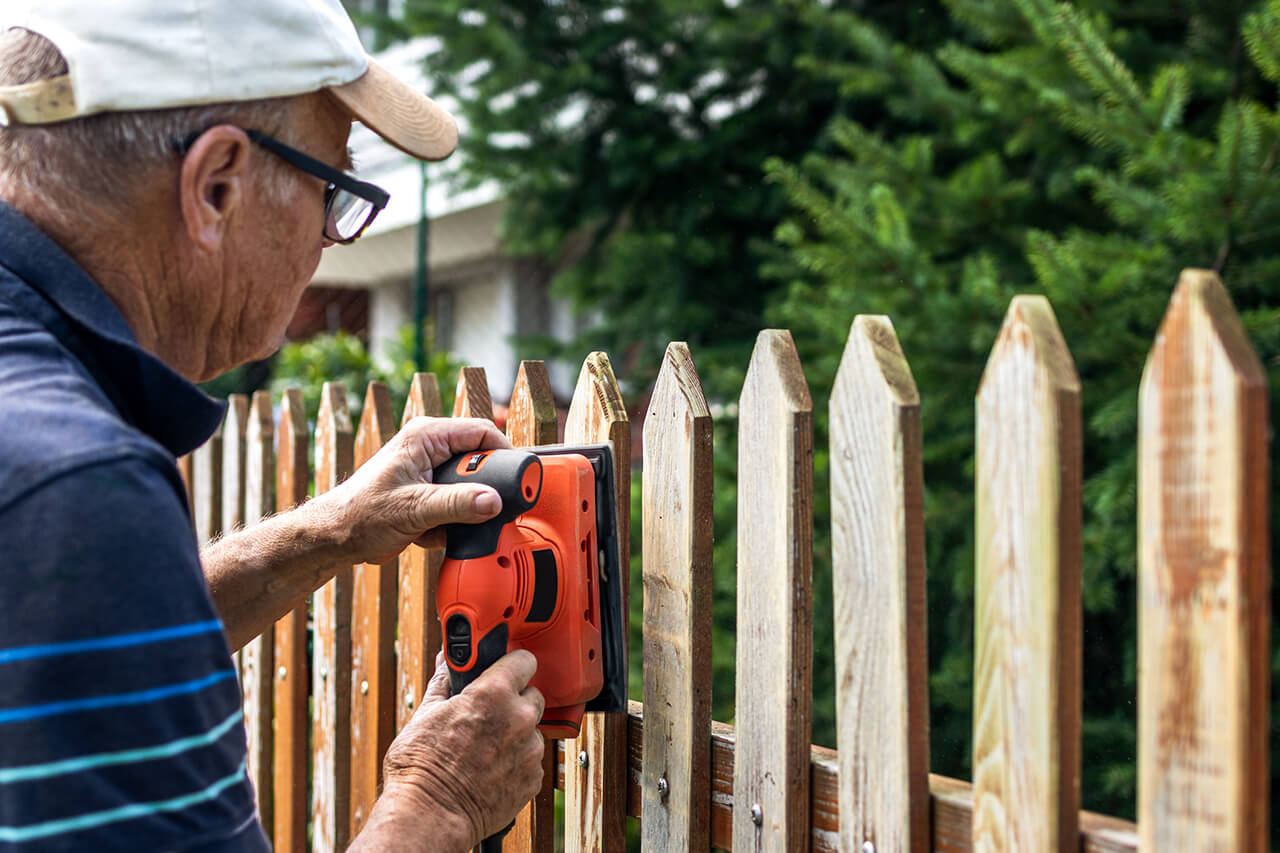How Much Does Trenching Cost in 2025?
Homeowners pay an average of $950 for trenching


Most homeowners pay between $400 and $1,200 for trenching, with projects averaging $950.
Trenching provides you with a clear, below-ground path for underground utilities—whether that’s drainage, electrical service, or new water and sewer lines.
Costs depend on the number of linear feet to be dug, the frequency of service required, and the type of soil encountered.
Professional trenching prevents costly repairs, ensures safety, and complies with local regulations.
This article was updated using automation technology and thoroughly reviewed for accuracy by HomeAdvisor Editor Ryan Noonan.
Trenching projects cost an average of $950, with prices ranging from $300 to $13,300. How many feet you dig, how often you dig, local permit fees, and on-site conditions all play a significant role in what you’ll pay. Proper budgeting and hiring a professional trenching company help ensure safe and efficient trenching work for your home.
Trenching Cost Factors
A few key details drive trench-digging prices, and trench length is at the top of the list. Other considerations include the type of trench needed and the cost of any necessary permits.
Trench Length
Hiring a professional to dig your trench costs $5 to $12 per linear foot, including both equipment and labor. Extra-large or challenging digs can cost $13 to $40 per foot. Paying a seasoned crew means the work is faster, safer, and up to code.
| Trench Length (Ft.) | Average Cost |
|---|---|
| 1 | $5–$12 |
| 2 | $10–$24 |
| 3 | $15–$36 |
| 5 | $25–$60 |
| 10 | $50–$120 |
| 15 | $75–$180 |
| 25 | $125–$300 |
| 50 | $250–$600 |
| 100 | $1,300–$4,000 |
Trenching Cost by Project
What you’re installing or repairing makes a big difference in the final bill. Below is what you can expect to pay for standard trench jobs, which include labor, equipment, materials, and cleanup.
| Trench Project | Average Cost Range |
|---|---|
| Drainage | $2,111–$6,775 |
| Underground electrical | $600–$2,100 |
| Water lines | $800–$3,000 |
| Sewage system | $1,439–$5,724 |
| Gas pipes | $300–$800 |
| HVAC system | $5,000–$12,500 |
| New foundation | $5,100–$19,400 |
| Retaining wall | $3,200–$9,201 |
| Basement waterproofing | $2,335–$7,685 |
Drainage System
Installing a drainage system costs between $2,111 and $6,775 and is ideal for driveways or other paved areas.
The exterior French drain costs are on the lower end, while an interior system averages higher. French drains use gravity, gravel, and perforated pipes to drain water away from your home. They're popular and relatively inexpensive options, but they remove water more slowly than channel systems.
A trench or channel driveway drainage system costs $70 per linear foot. It features a flush grate surface in the ditch to quickly redirect water and prevent pooling on the driveway.
Underground Electrical
Installing electrical wiring or a panel costs between $600 and $2,100. Larger properties, having multiple outbuildings or an unusual layout, can increase the project price.
While you can dig the trench yourself, if you have the equipment and know-how, the actual utility installation is not a DIY job. Always hire a licensed electrician. Most states require a qualified electrician to carry out all electrical work, regardless of its size.
Several home projects require electrical trenching:
Surveillance cameras: Installing a security system costs an average of $1,300.
Indoor/outdoor outlet: Homeowners pay an average of $230 to install or replace electrical and ground-fault circuit interrupters. To ensure outdoor outlet safety, invest in covers that protect from exposure to water.
Lighting: The average cost to install a lighting fixture is $590.
Swimming pool/hot tub: The average cost of installing an in-ground swimming pool is $65,909. A standard turn-key pool package includes the necessary electrical system. In-ground hot tubs cost between $8,000 and $25,000, which includes the cost of digging, electrical work, and plumbing.
Water Lines
For most homeowners, installing a water main costs between $800 and $3,000. This is not a DIY job. Instead, hire a licensed professional plumber to do the work from the beginning to avoid higher costs down the road. Regional temperatures may affect the type of pipe you can use.
Other projects that require this include:
Well work: Drilling or digging a well costs an average of $5,500. Most homeowners spend $1,900 to install or replace a well pump, but prices vary depending on the pump type. Repairing a well pump costs $970.
Sprinkler system: The average cost to install a sprinkler system is $2,500. Before digging and installing pipes, have a professional check for existing pipes and wires.
Water heater: The average cost to install a water heater is between $900 and $1,800. Invest in an expansion tank to prevent pipes from bursting.
Sewage System
Installing a sewer main costs between $1,439 and $5,724. The most significant cost factor is the type of property. The type and location of the property, as well as the landscape, determine the job's complexity, including the trench length, distance from the main connector line, and necessary permits.
A four-inch PVC pipe adds $0.50 to $3 per linear foot. Plastic pipe ties easily into older systems.
Permits and regulations are a factor in any sewer-related project. If a city or county isn't responsible for installing sewer lines, hire a professional.
Gas Pipes
Installing or repairing gas pipes costs between $300 and $800. The kind of gas used and the appliance to which the line connects determine the type of pipe. The cost of a geothermal heating or cooling system ranges from $4,500 to $26,700.
If you're using two-inch black steel pipe or copper pipe, expect to pay $7 to $15 per linear foot.
Foundation
On average, excavation and grading cost between $1,600 and $6,700. The area's terrain and geology influence cost. Difficult terrain, challenging geology, and steep grading increase the difficulty, labor, and, consequently, the price.
The price of a foundation project ranges from $5,100 to $19,400, but the materials used can increase or decrease that number.
Permits
Plan on $500 to $2,000 for a digging permit, though the exact fee depends on your city or county. A local pro already knows the red tape and can pull the permit for you.
DIY vs. Hiring a Trenching Pro
Digging a trench on your own can reduce labor costs, but be prepared for a slow, backbreaking job with real safety risks. Ask yourself if you have the necessary gear, know-how, and stamina before committing to a DIY dig.
Hiring an experienced excavation crew near you ensures that your trench is dug quickly, cleaned up, and fully code-compliant, eliminating the need for heavy lifting on your end for a safe and efficient project.
Budgeting for Your Trenching Project
Thoughtful planning keeps your trenching project on budget and track. Consider these key financial tips before breaking ground:
Get multiple quotes: Compare at least three contractor estimates to ensure competitive pricing and understand what services are included in each package.
Account for contingencies: Add 15 to 20% to your budget for unexpected challenges, such as encountering rock formations or dealing with utility line relocations.
Consider seasonal timing: Schedule your project during off-peak seasons when contractors may offer lower rates and soil conditions are optimal.
Coordinate multiple utilities: If installing several underground systems, dig once and save on equipment rental and labor costs by handling multiple installations simultaneously.
Check for rebates and incentives: Some utility companies offer financial incentives for upgrading to more efficient systems, which can offset trenching costs.
Contact a local trenching professional today to ensure a safe and efficient project.
How HomeAdvisor Gets Its Cost Data
No place is more important than your home, which is why HomeAdvisor connects homeowners with local pros to transform their houses into homes they love. To help homeowners prepare for their next project, HomeAdvisor provides readers with accurate cost data and follows strict editorial guidelines. After a project is complete, we survey real customers about the costs to develop the pricing data you see, so you can make the best decisions for you and your home. We pair this data with research from reputable sources, including the U.S. Bureau of Labor Statistics, academic journals, market studies, and interviews with industry experts—all to ensure our prices reflect real-world projects.
Frequently Asked Questions
Depth depends on the type of installation and the regulations in your area. Water supply lines typically require 24 inches, while drainage pipes are often installed 36 inches below grade. For most general projects, a depth of 12 to 24 inches and a width of about eight inches is sufficient. Sticking to these specs keeps your utilities safe, code-compliant, and easier to maintain later.
When you need to run utilities underground, you’ve got two main options: boring or trenching. Boring employs directional drilling to install utilities without exposing a continuous channel, while trenching requires excavating an open channel to place utilities securely. Directional drilling preserves landscape integrity, whereas trenching provides direct access for installation, albeit with greater surface disruption. This clear comparison helps you select the method best suited to your project.
Plan on 12 hours to dig 100 linear feet when the soil is cooperative and you can work continuously. This timeframe applies when work is performed consistently and methodically. Factors such as rocky soil, tree roots, obstructions, and frozen ground increase the overall duration, demanding extra planning and effort. Comprehensive operational planning ensures that every challenge is managed efficiently and the project is completed on schedule.
If you want your yard to look untouched, laying fresh sod over the trench is the quickest fix. New sod needs 30 to 45 days to root and blend with the rest of your lawn. A local sod pro can provide you with a firm timeline and tips to ensure the grass takes hold and maintains your curb appeal.









